
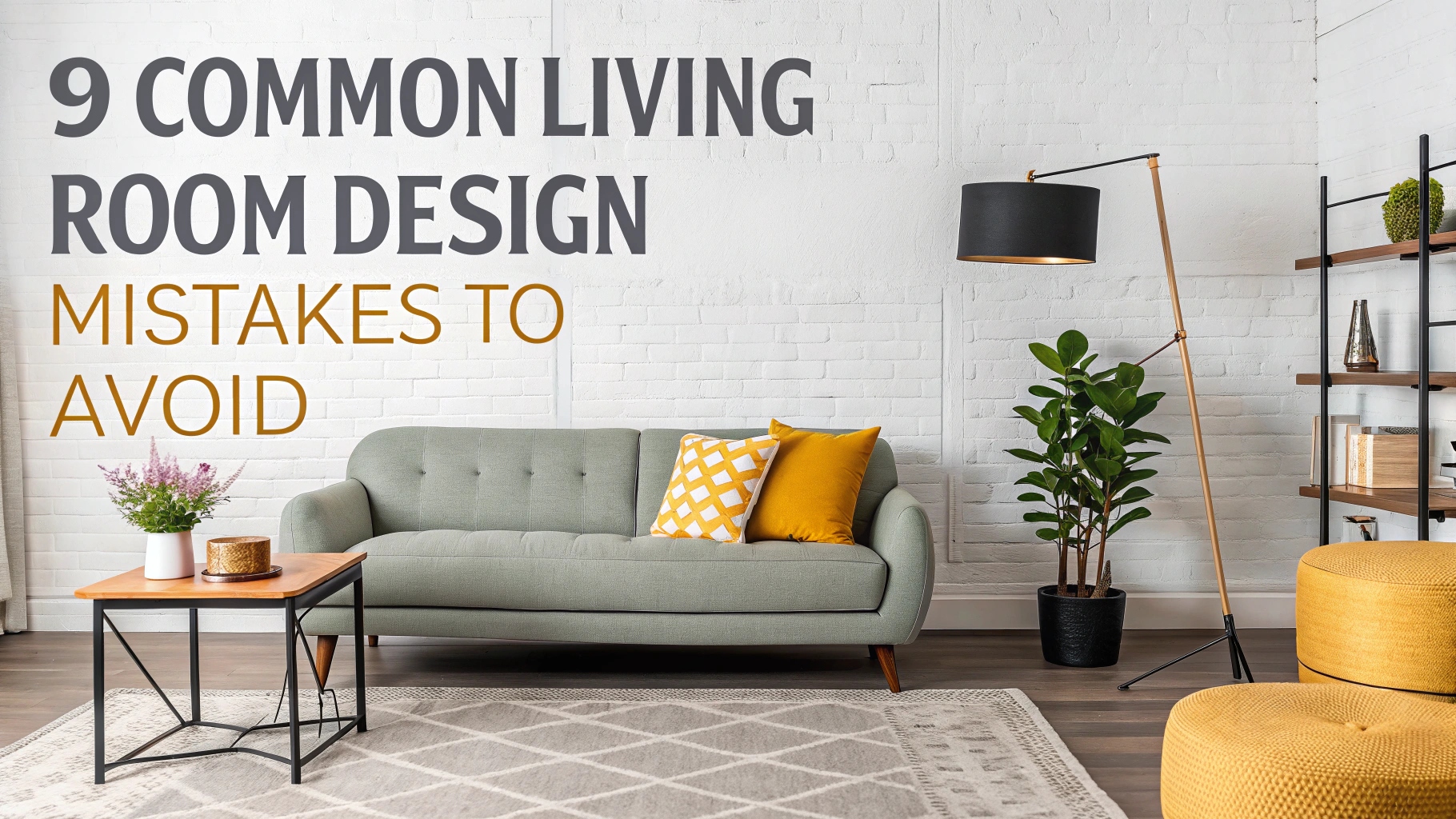
Transforming your living room into a verdant oasis can be a rewarding endeavor, but common design pitfalls can undermine your efforts. In this article, we’ll uncover nine frequent mistakes that can hinder your indoor gardening ambitions, impacting both your decor and air quality.
Get ready to cultivate a space that’s not only visually stunning but also promotes wellness and tranquility. Let’s dig in!
While indoor plants can enhance the beauty of your living room, overcrowding can create a chaotic atmosphere.
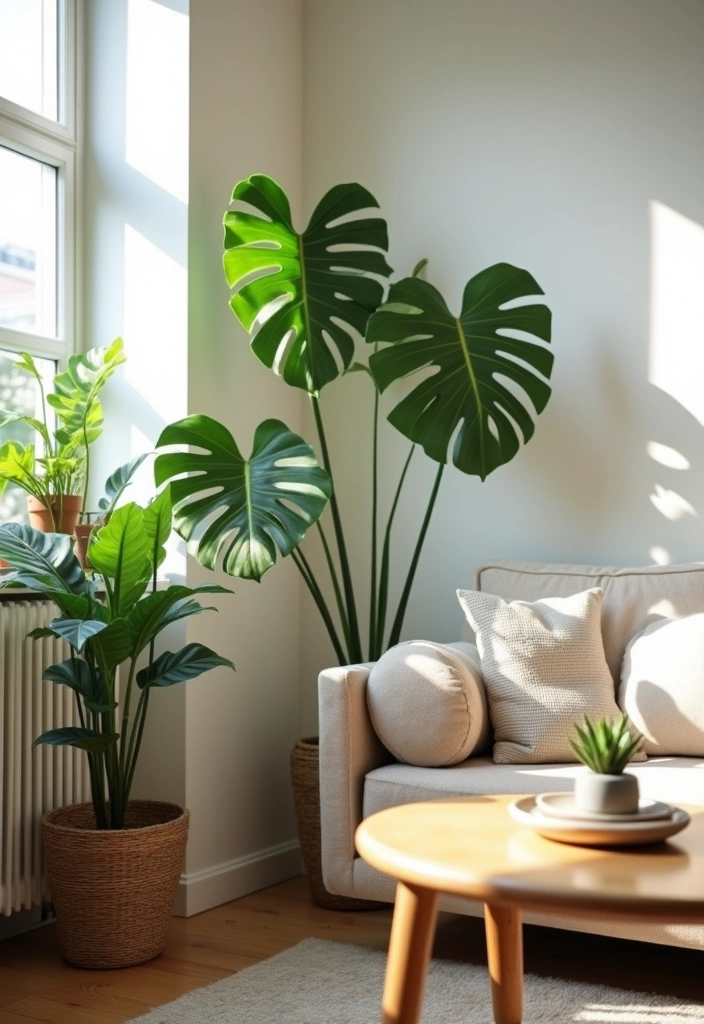
It’s essential to find a balance where your plants complement your space without overwhelming it. Consider the size and growth patterns of each plant, ensuring that they have enough room to thrive. Opt for a few larger statement plants, like a fiddle leaf fig or a monstera, paired with smaller accents, to create visual interest without clutter.
Many indoor plants not only beautify your space but also improve air quality.
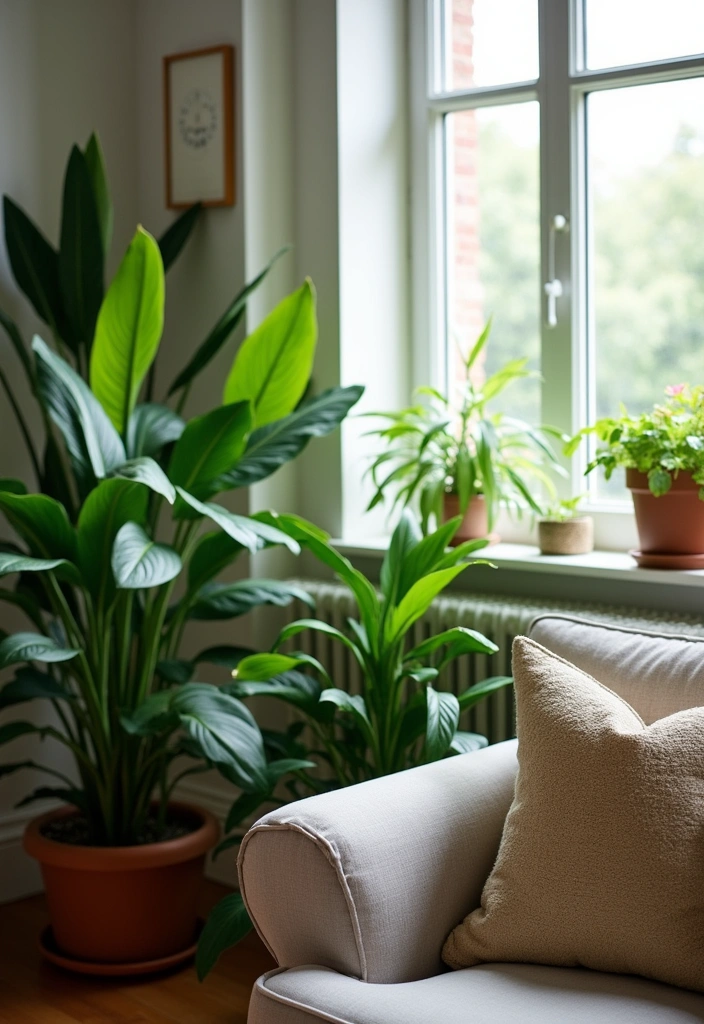
However, some people overlook this aspect when choosing plants. Researching which plants purify air effectively—like snake plants or peace lilies—can significantly enhance your living environment. It’s important to consider the light and humidity needs of these plants to ensure they thrive and continue to purify your air.
Selecting plants that aren’t suited for your living room environment can lead to disappointment.
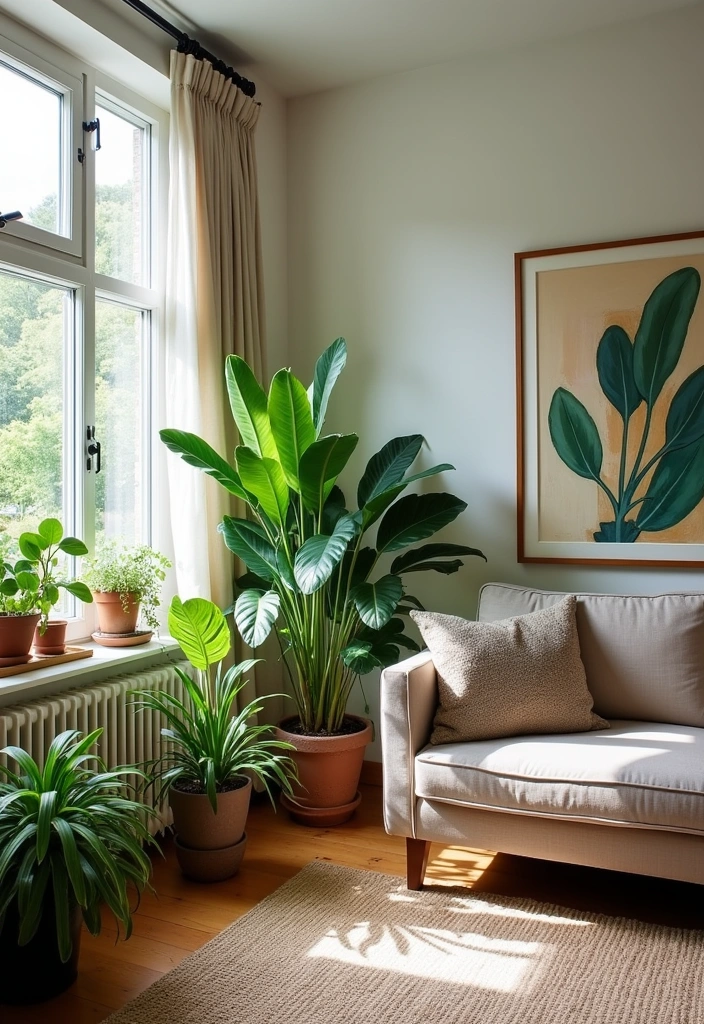
Consider factors like light availability and humidity levels before making your choices. For instance, a cactus may not thrive in a humid area, while a tropical plant may suffer in low light. By choosing plants that match your living conditions, you can create a thriving indoor garden that enhances your decor.
Indoor gardening requires attention to seasonal changes, as plants often need different care throughout the year.
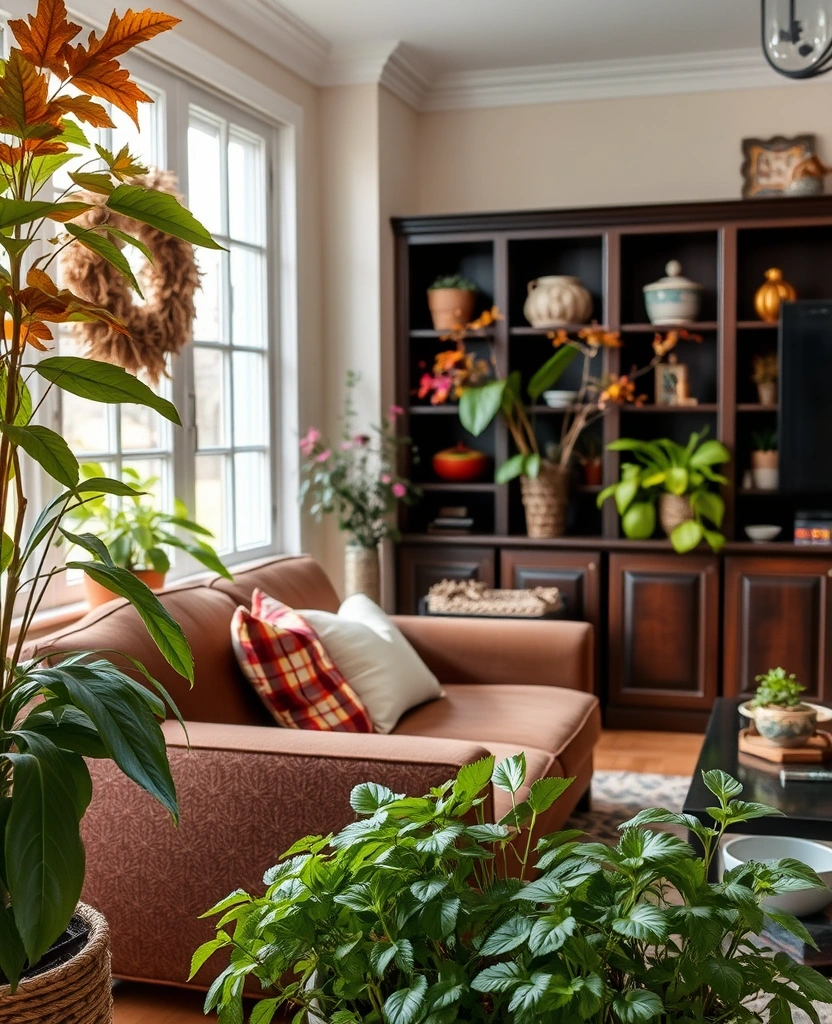
Ignoring these shifts can lead to wilting or stunted growth. For example, many plants may require less water in the winter months, while others might need more humidity. By adapting your care routine to the seasons, your indoor plants will flourish all year long.
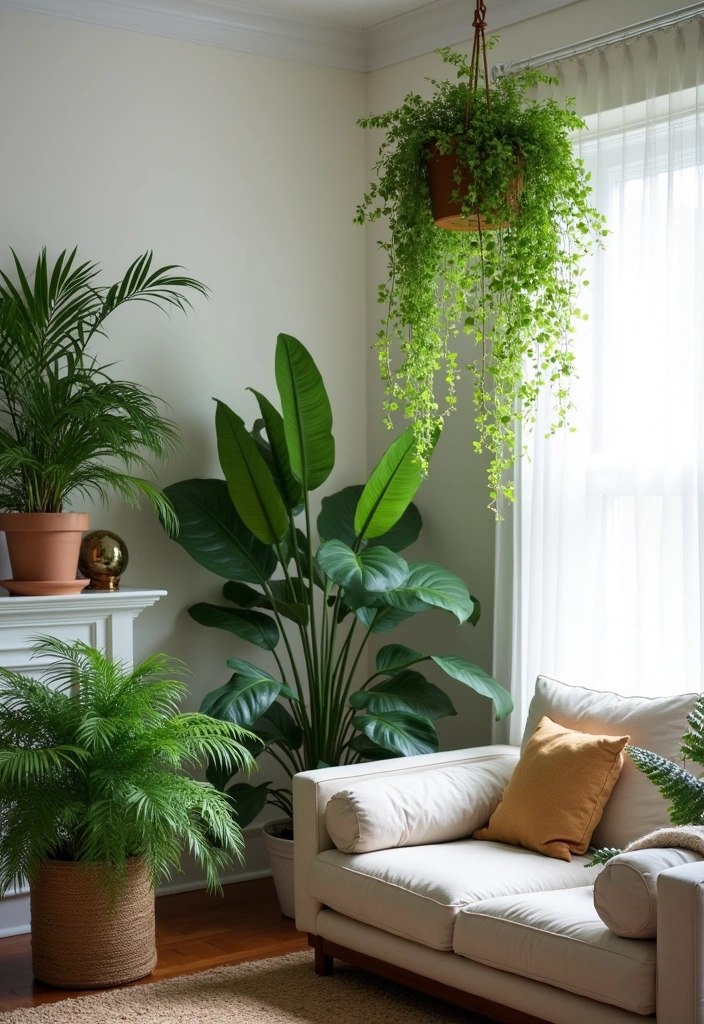
A flat arrangement of plants can make your living room feel uninspired.
Incorporating height variation adds depth and visual interest to your space. Use plant stands, hangers, or wall-mounted planters to create layers. Mixing tall plants with trailing varieties can also bring a dynamic feel to your indoor garden, transforming your decor into a lush retreat.
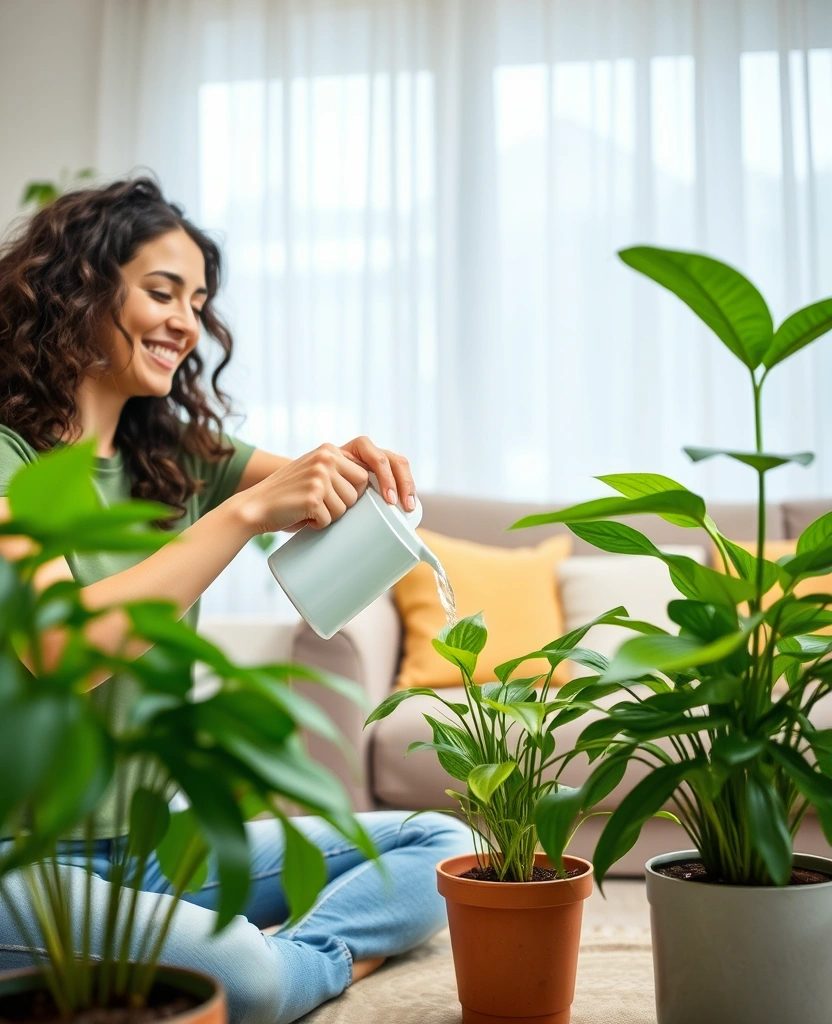
An indoor garden can quickly become a burden if you overlook maintenance.
Regular watering, pruning, and repotting are essential to keep your plants healthy and thriving. Setting a schedule for care can prevent neglect and ensure your plants remain a beautiful part of your decor. Remember that healthy plants contribute to improved air quality and overall ambiance.
Your decor should harmonize with your indoor garden rather than clash with it.
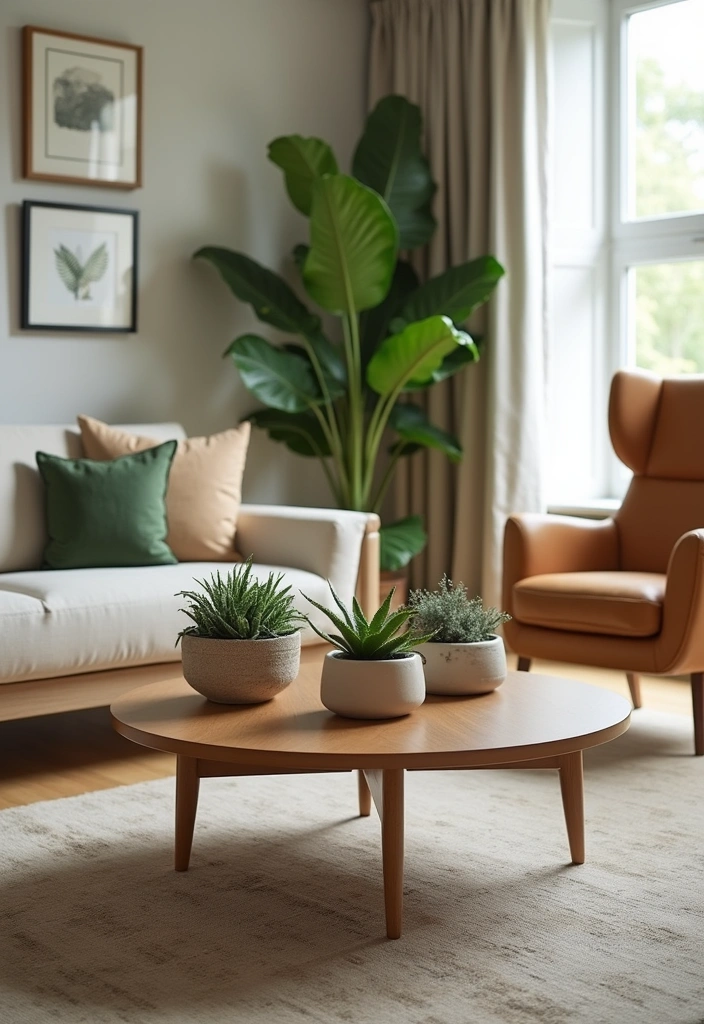
Choosing pots and planters that complement your furniture and overall aesthetic can elevate your space. For instance, rustic wooden pots pair beautifully with modern decor, while sleek ceramic pots can enhance a minimalist look. Aim for a cohesive and inviting environment that showcases your plants as integral decor elements.
Lighting is crucial for the health of your indoor plants and should not be overlooked.
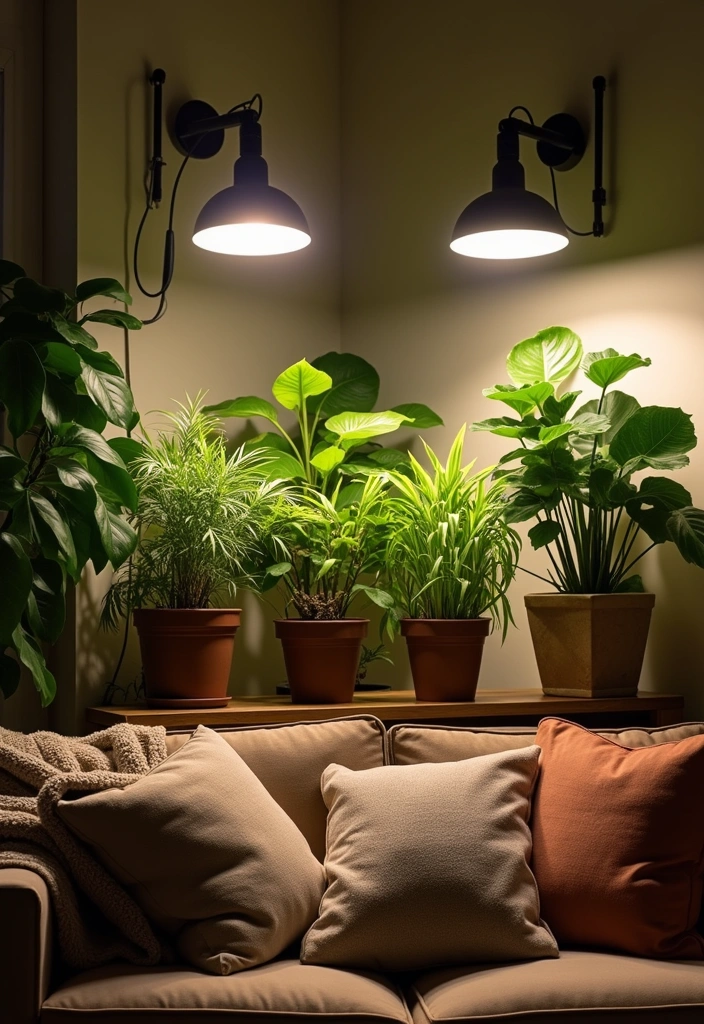
Many people place plants in inadequate light, leading to poor growth or even plant death. Assess the natural light in your living room and choose plants accordingly. For low-light areas, consider using grow lights to supplement the light your plants receive, ensuring they thrive in their environment.
When designing a living room with indoor plants, it’s vital to consider the safety of children and pets.
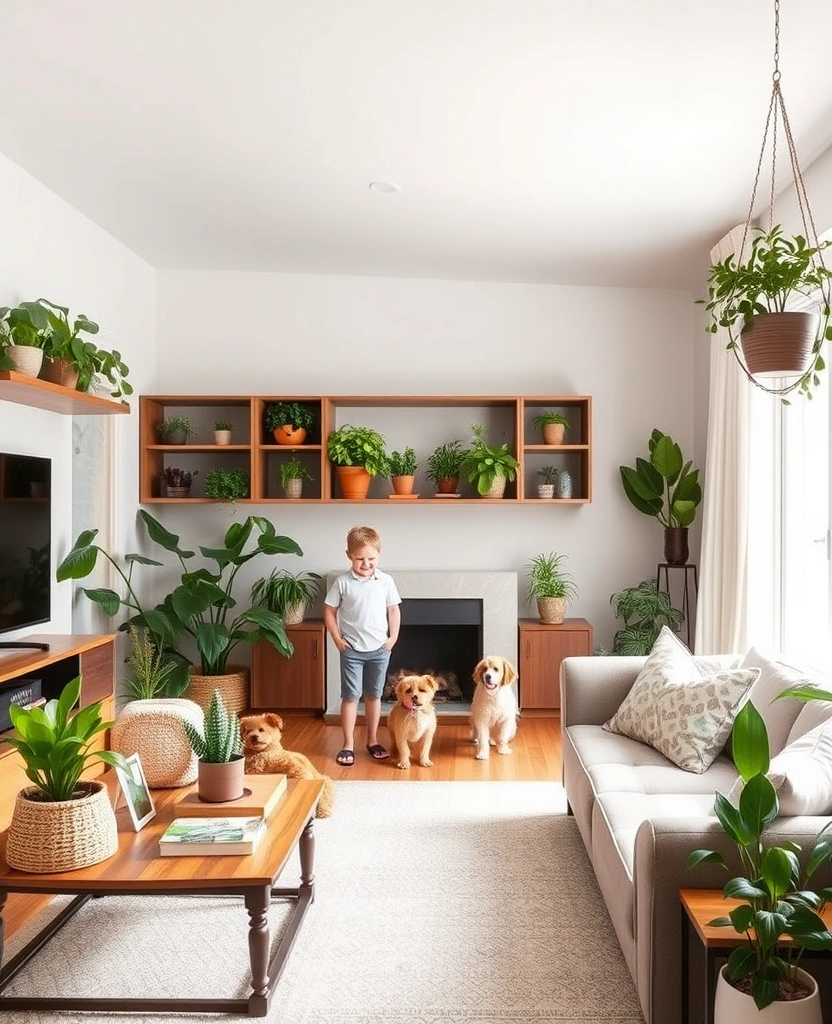
Some plants can be toxic, so it’s essential to research and choose non-toxic varieties. Additionally, placing plants out of reach or using hanging planters can help prevent accidents. Creating a safe environment allows you to enjoy your indoor garden without worry.
By avoiding these common living room design mistakes, you can create a harmonious space that celebrates your love for indoor gardening. Embrace the beauty and benefits that indoor plants bring to your home and enjoy a fresh, vibrant atmosphere that enhances your decor and air quality. Remember, a little care goes a long way in cultivating your indoor oasis!
